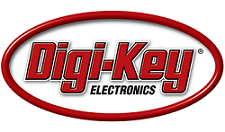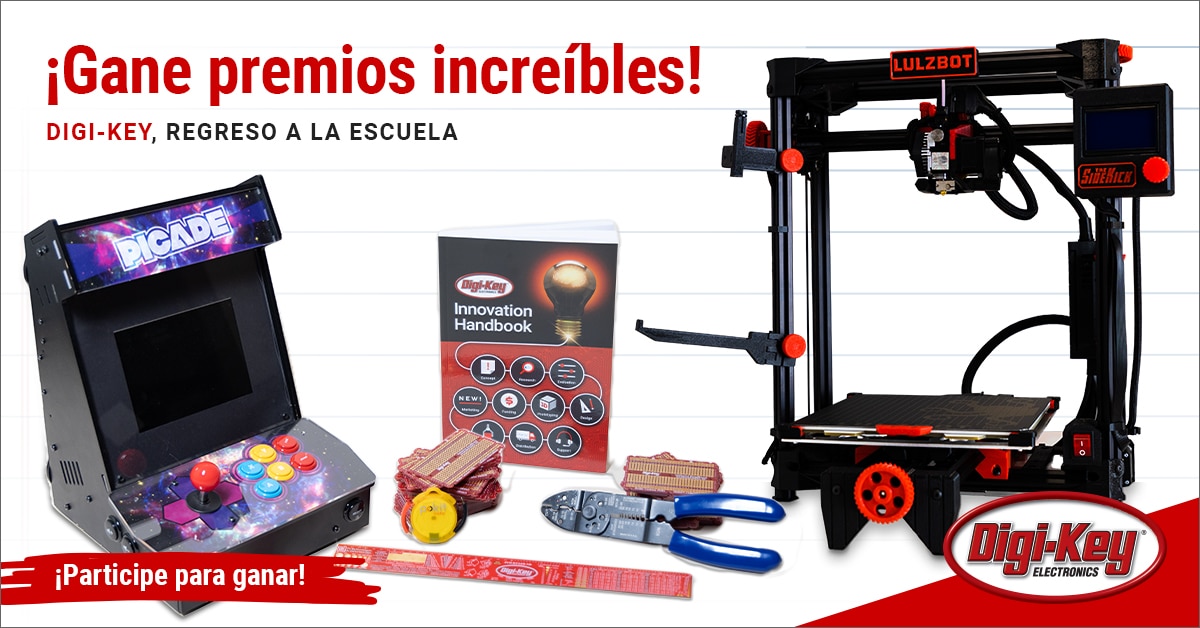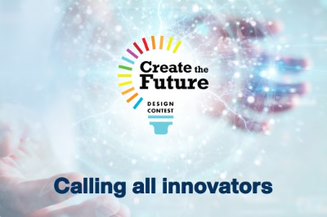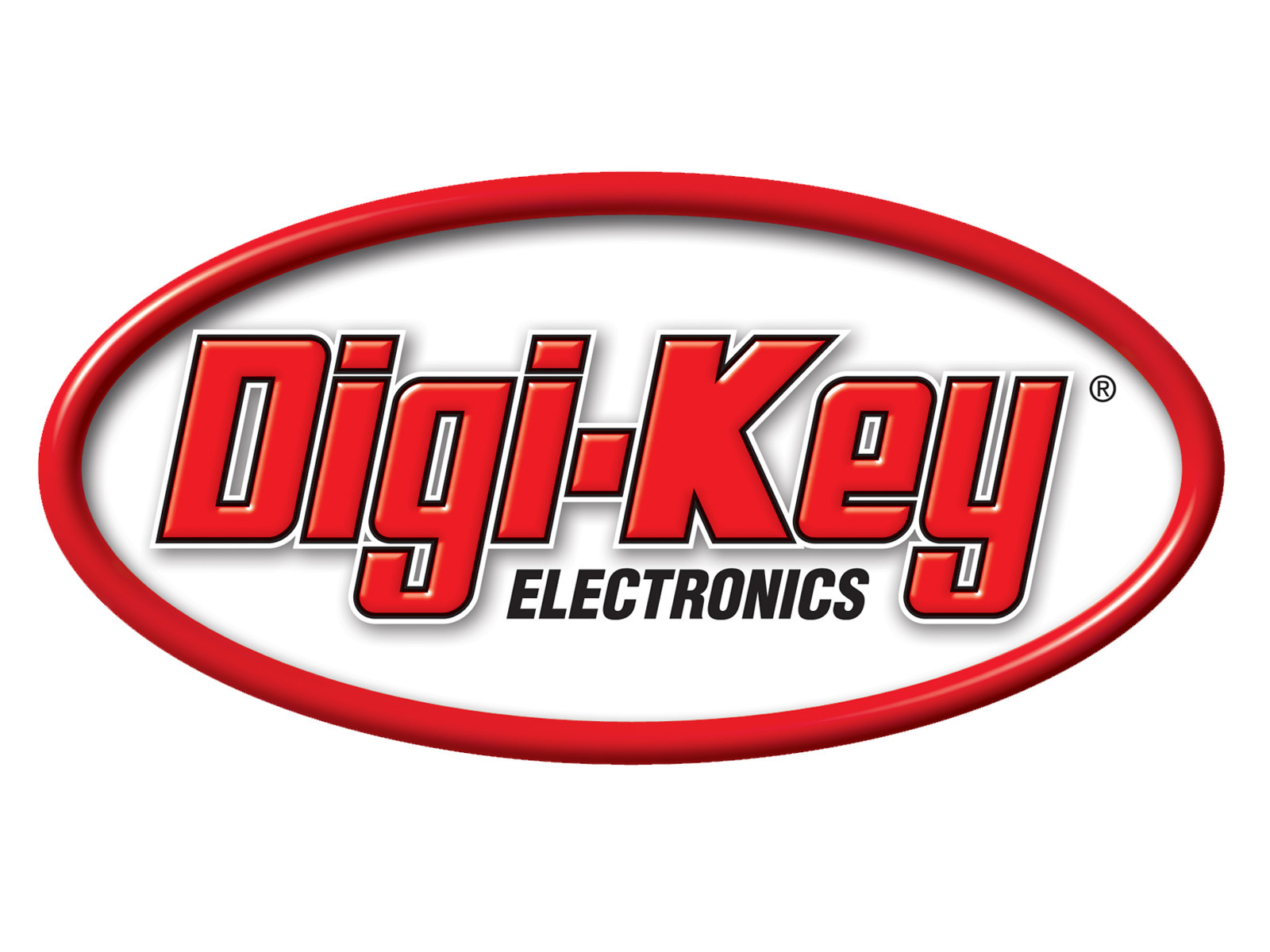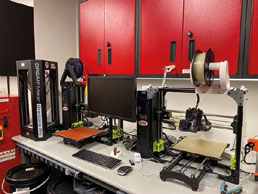David Sandys, Director of Technical Marketing, Digi-Key Electronics
With the problems stemming from supply chain shortages in the last three years, innovation stalled a bit and took a backseat for a few years. However, now that the worst is over, we are seeing innovation intensify and even ahead of what it would have been in the absence of the pandemic. The pace of innovation is on an unprecedented trajectory, as new technologies make product design easier, part availability is opening up again, and the maker community is excited and ready to innovate. Here are some observations on how creators—and the ecosystem that surrounds them—are preparing our world for an innovation renaissance.
The thirst for knowledge is greater than ever. After two years of disruptions due to the pandemic, it was an incredible experience to attend the Maker Faire in Rome last fall, where attendance was higher than anticipated and creators returned in full force to learn, grow, innovate and come together as community.
The caliber of students that attended and the innovations they are working on is mind blowing. For example, a group of students created an autonomous Formula One car focused on safety and sustainability, two aspects that are so critical in our world today and in the future. Being digital natives, this next generation is poised to build exponentially on the progress of past generations because digital tools are their second language.
Kitronik is still the king. When we think about how to ignite passion and innovative spirit in the next generation of engineers, no one does it better than Kitronik. For example, at the Maker Faire in Rome they took advantage of two of their micro:bit platforms to create a soccer game. in the US) based on a remote-controlled robot, with field and all. To say that it helped people understand why you would want to dedicate yourself and study technology, as well as the operation and communication of robots, is an understatement. talk about how fun it is.
Arduino has grown. Arduino has made its triple strategy a reality. Arduino has always been strong in both the maker and education arenas, but their recent $32 million funding will boost sales of their enterprise solutions, called Arduino Pro. At the Maker Faire in Rome they showed an impressive artificial intelligence solution for artificial vision with its Nicla devices.
The low-cost Raspberry Pi microcontroller unit is popular with manufacturers and suppliers. No microcontroller (MCU) in history has had the instant success of the RP2040. Although the Raspberry Pi has had incredible success with its single-board controllers (SBCs), TI announced its first low-cost MCU and the manufacturer market adopted it almost overnight. Almost all manufacturer vendors, including Adafruit , SparkFun, Pimoroni, Kitronik, and SEEED Studios, have all contributed to the ecosystem, making it resilient and widely supported. With the recent addition of the Raspberry Pi Pico W boards, creators now have access to wireless capability in an extremely small form factor. At the Maker Faire in Rome, demos of everything from infinity mirrors to lightsabers helped attendees really understand the flexibility of this exciting product portfolio.
Companies are making complex applications easy to understand for the next generation of engineers. I don't think anyone has done a better job than ST Micro of breaking down advanced technologies, like blind spot monitoring, through easy-to-understand demos so the next generation of engineers can understand how extremely complex applications are still difficult. building blocks of technologies easier to understand. ST did many amazing demos including the latest in eBike technologies and a small scale example of how hands free tailgates work.
College students and creators are taking advantage of creator-friendly ecosystems like Adafruit Feather and STEMMA QT, SparkFun MicroMod and QWIIC, SEEED Grove, and Mikroelektronika clicks for their capstone projects and other related activities. When they graduate or want to take their products to the next level, they are using these same ecosystems for rapid prototyping in their careers and startups.
Resources to help manufacturers are abundant. Anyone can go to GitHub or Instructables and find files for just about anything. Digi-Key Maker.io offers information, projects, ideas, tools and much more to help and inspire creators. There are lots of great resources out there to help people walk through projects step-by-step and start their creation process.
Digi-Key and Make: Also launched the new Plate Guide and companion Digi-Key AR augmented reality app, available from both the Apple App Store for iOS devices and the Google Play store for Android™ mobile devices. Divided into sections for MCUs, SBCs, and Field Programmable Gate Array (FPGA)-based boards, the guide helps students, manufacturers, and professional engineers identify the latest technology available to help bring innovation to life.
At Digi-Key, manufacturing runs deep. For example, in 1972, Dr. Ronald Stordahl created a "Digi-Keyer," a kit for radio amateurs that helped transmit Morse code. This led him to sell leftover components, first to electronics hobbyists and then to the commercial market. That manufacturer spirit continues today at Digi-Key.
Through an ongoing spirit of curiosity, learning, and innovation, the maker landscape is paving the way for a global innovation renaissance. With technologies becoming more affordable and easy to use, IT is now more accessible than ever and poised to grow enormously around the world.
David Sandys is Director of Technical Marketing at Digi-Key Electronics. Digi-Key is the leader and continuing innovator in the high-service distribution of electronic components and automation products worldwide, supplying more than 13,4 million components from more than 2300 quality brand name manufacturers.


